WHAT ARE THE BIGGEST TREES IN AMERICA?
This article is authored by Codey Stout and can and can be found in its originally published form on Tree Triage.
…………………………………………………………………………………………………………………………………………………………….
Are you wondering what the biggest trees in America are?
You’ve come to the right place!
In this Tree Triage guide, you’ll learn:
- What the biggest species of trees are in America
- Why these big tree species matter
- How to support these species to grow
And much more!
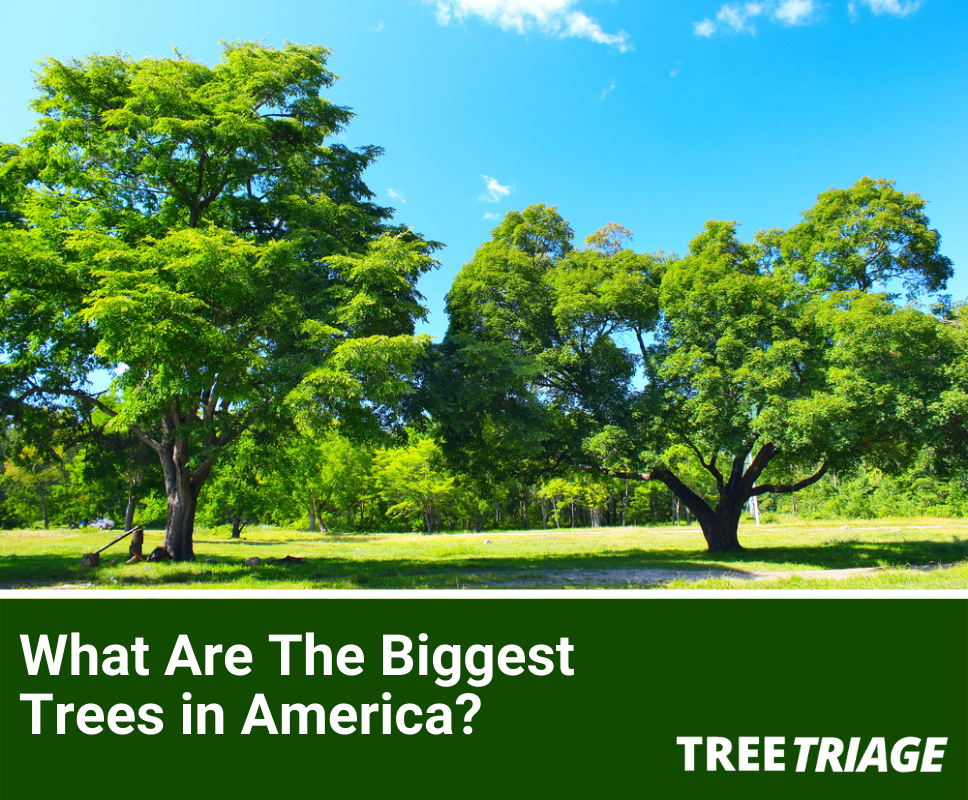
So, if you’re looking to learn about the giant trees in America and how to support their growth so they can support our ecosystem, keep reading!
Today, trees are the answer to most human and environmental challenges. For example, they capture carbon dioxide, produce the clean oxygen we breathe, provide food and medicine, create beautiful urban spaces where people can meet and exercise, and reduce the risk of floods. However, trees are easy to ignore, and many people don’t think twice before getting rid of one.
In the United States, to make people more conscious about the importance of trees, a non-profit organization called American Forests established an initiative known as the National Champion Trees Program. The organization’s goal is to get the public involved in forestry activities.
The National Champion Trees program has introduced us to some of the biggest trees in the US. It has also inspired similar programs worldwide. In this article, we focus on some of the biggest trees identified through the program. We also provide details on the criteria used in selecting these enormous trees.
Identifying America’s Biggest Trees
Since 1940, American Forests (previously called the American Forestry Association) has published the National Register of Big Trees.
American Forests reports that “The call to search for America’s biggest trees first came in the September 1940 issue of American Forests magazine, where concerned forester Joseph Sterns published his article ‘Let’s Find and Save the Biggest Trees.’” It adds, “Sterns wasn’t referring to the famous and historic trees that were already protected, but the giants left standing in virgin forests.”
Today, the Big Tree Program (also known as the Champion Tree Program) is active in all 50 US states and the District of Colombia. Many countries have adopted it as a model for their own programs.
American Forests lists some of the National Big Tree Program’s notable milestones:
- 1940 – Nomination of the first tree, a Chestnut Oak in Suffield, Connecticut.
- 1941 – Launch of the American Big Tree Report containing 77 champions.
- 1961 – The program’s name changed to the Social Register of Big Trees.
- 1969 – Publishing of the inaugural Hawaiian edition.
- 1978 – The name of the publication changed to the National Register of Big Trees.
- 2010 – The National Register of Big Trees launches its first online edition.
Why It Matters
The Champion Trees program focuses attention on trees and the role they play in our lives. American Forests explains why the program matters: “With a greater understanding of what forests do for us all, we can encourage greater support to protect and restore these valuable resources.”
The organization then describes what trees do for us, including balancing the ecosystem, cleaning air and water, regulating the climate, and providing medicine, food, and shelter. American Forests adds that trees provide greener urban centers that encourage healthy social interaction.
Forests also encourage people to interact with the outdoors, facilitating healthy lifestyles as people participate in activities like hiking, cycling, and jogging.
What Does It Take To Be America’s Biggest Tree?
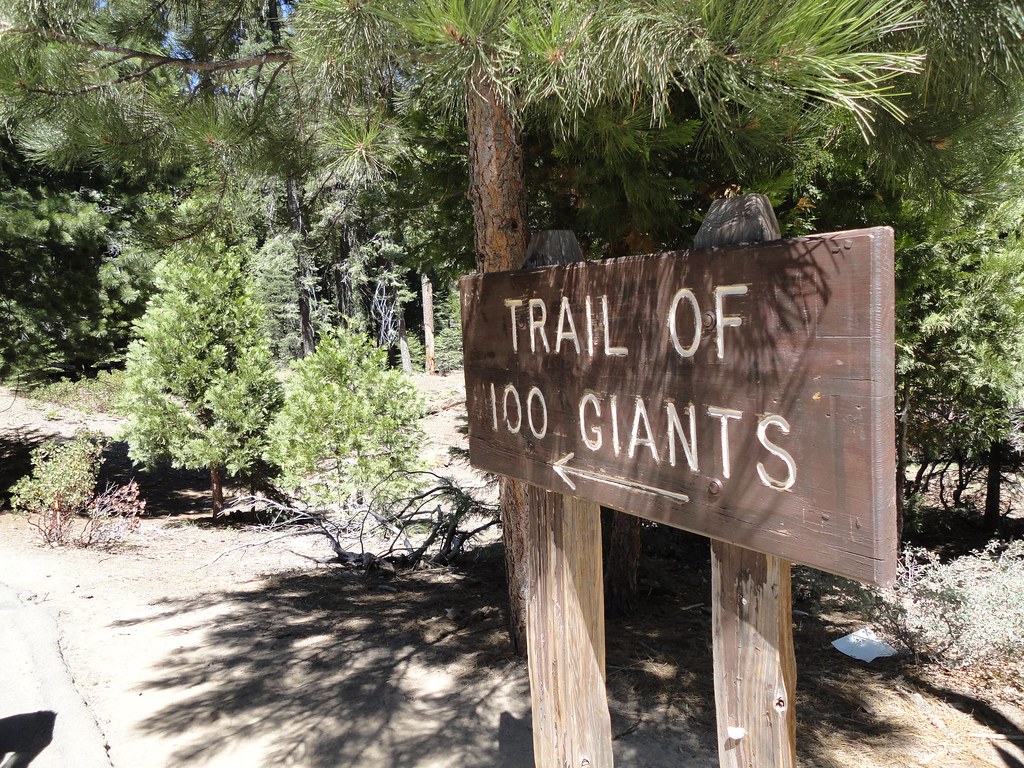
For a tree to become the biggest of its species in America, it has to be discovered, measured, and nominated.
DISCOVER
According to American Forests, “National Champion Trees can be discovered in rural and urban landscapes, scattered throughout forests and fields, along roadways and in backyards.” Therefore, a champion tree could be right there where you live.
NOMINATE
The process of nominating a tree begins with determining the category of the tree. According to American Forests, “Species must be recognized as either native or non-native and naturalized in the United States.” The organization adds, “Hybrids, cultivars, ornamentals, and varieties are excluded.”
The list provided by American Forests is based on sources like the Integrated Taxonomic Information System (ITIS) and the USDA Plants Database.
American Forests says, “The nomination period for the 2021 National Register of Champion Trees has closed.” The organization informs those who want to participate that “The nomination period for the 2022 National Register of Champion Trees will open on November 1, 2021.”
MEASURE
Trees are ranked by total points based on the following formula: Tree Trunk Circumference (x) (inches) + Height (y) (feet) + ¼ Crown Spread (z) (feet). The mathematical formula will be, 𝑥 + 𝑦 + (𝑧/4) = 𝑇𝑜𝑡𝑎𝑙 𝑃𝑜𝑖𝑛𝑡s.
STILL HAPPY WITH THE TREE YOU WANT TO NOMINATE?
If your answer is yes, then you need to take six pictures of the tree based on the instructions provided by American Forests. When all this is done, you can nominate the tree using an online nomination form. Online nomination forms for 2022 will be available from November 1, 2021, on the American Forests website.
Before a nomination can be accepted, the final task is to contact a Champion Tree State Coordinator in your area. These coordinators check the tree’s health, identify the species, and confirm the measurements. Americanforests.org provides a list of these coordinators every year.
Listing America’s Biggest Trees
When it comes to trees, America can be considered wealthy. Estimates put the number of trees in the country at 228 billion. This places the country in the fourth position after Russia (642 billion), Canada (318 billion), and Brazil (302 billion).
But which ones are America’s biggest trees?
General Sherman: This is the largest tree on earth by volume. Its height above ground is 275 feet (83 m), and its diameter at the base is 36 feet (11 m).
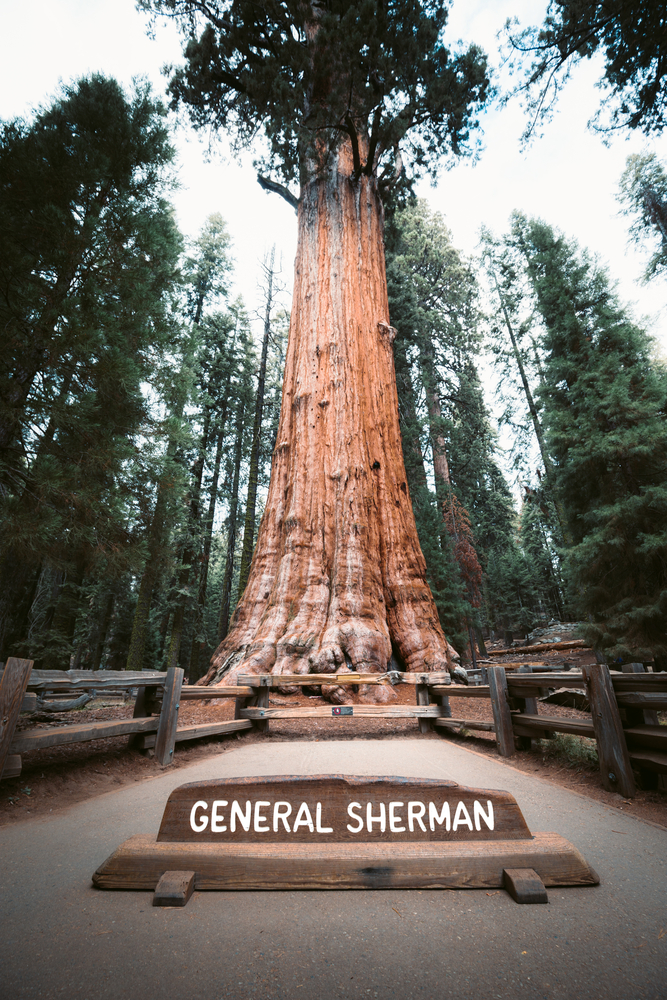
Super Colossus: With a height of 143 ft (43.59 m) above the base and a width of 28 ft (8.75 m), the Super Colossus Coast Redwood has been described by some as one of the world’s most unusual greens.
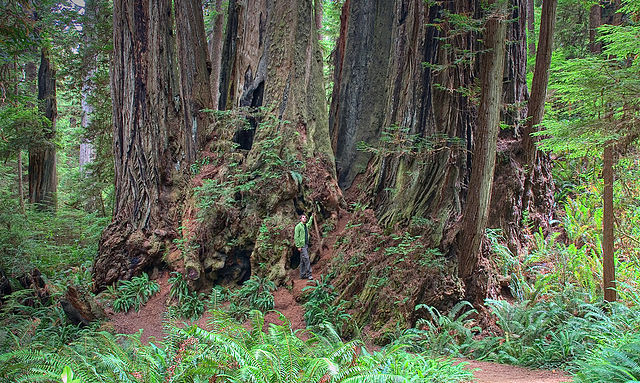
Lake Quinault Spruce Tree: A plaque next to the Quinault Lake Spruce reads, “World’s Largest Spruce Tree.” This is not surprising if you consider that the tree contains 17,650 cubic feet (500 cubic meters) of wood.
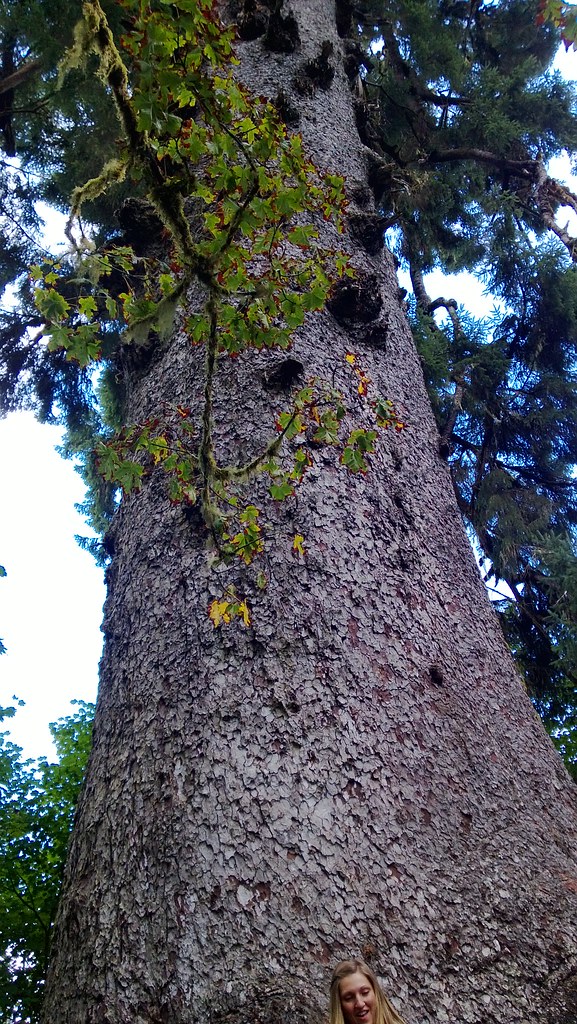
Lake Quinault Cedar: Seattletimes.com reports that “At 174 feet tall, its base is almost as wide as a two-lane road and dwarfs hikers who can only lift their heads in wonder at a giant that has stood since the time of Jesus.”
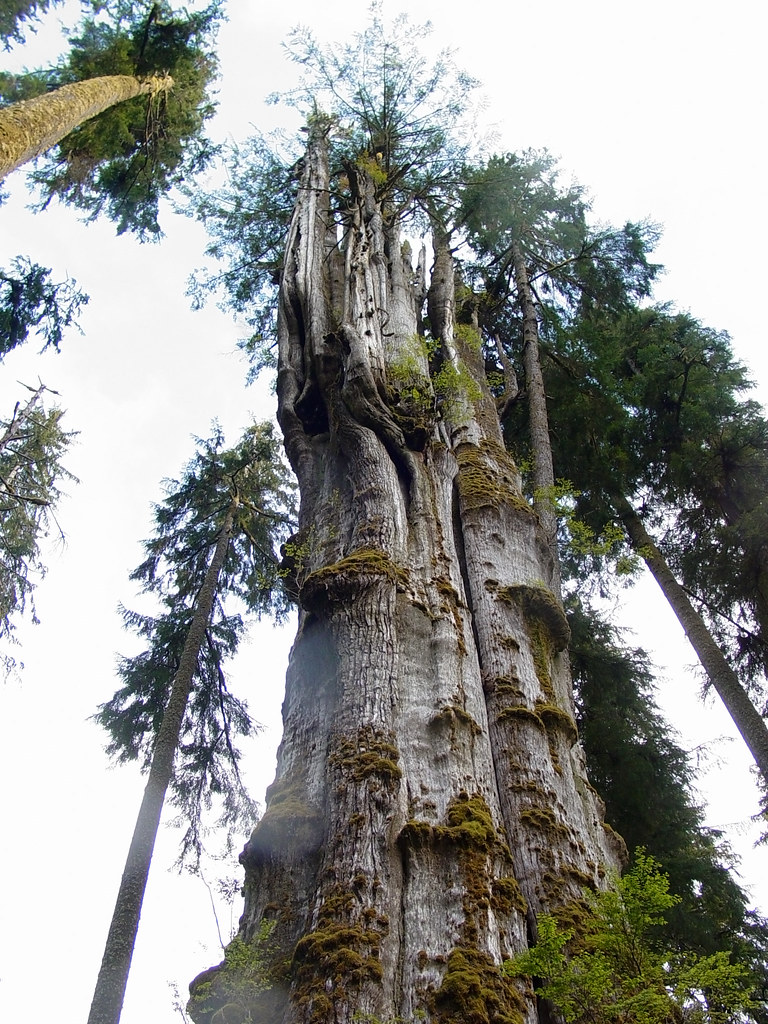
Wi’áaşal: The great sacred oak, known as Wi’áaşal, lives in the Great Oak Ranch in California. The trunk circumference of the Wi’áaşal is 20 ft (6 m), and its height is almost 100 ft (30.5 m).
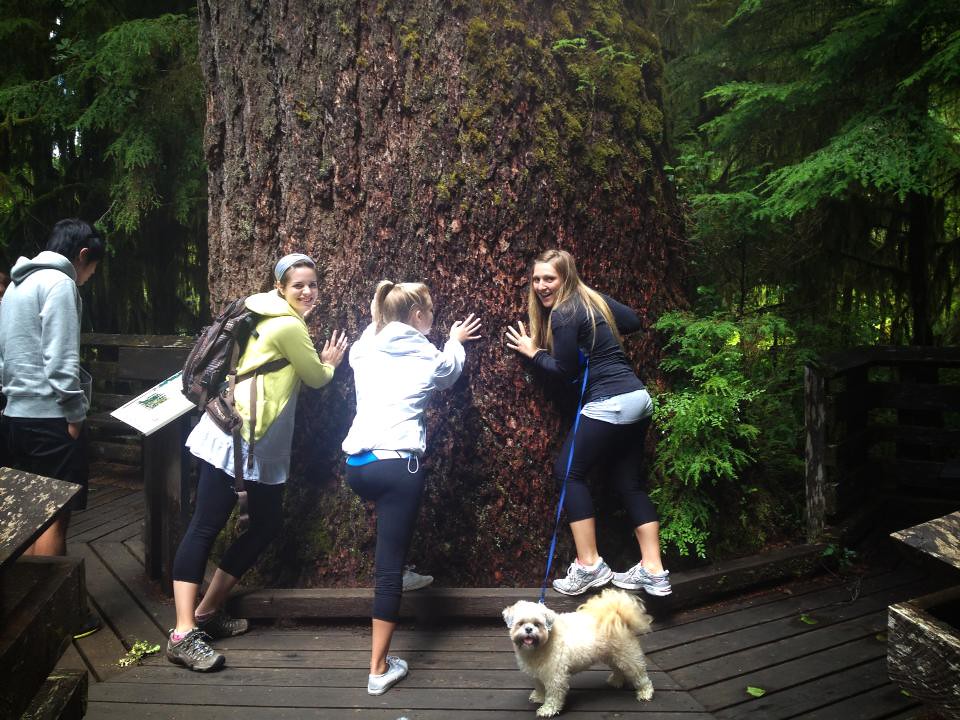
Hyperion: At 379 ft (115.55 m), it’s no wonder that the redwood found in Redwood National and State Parks is the tallest tree in the world.
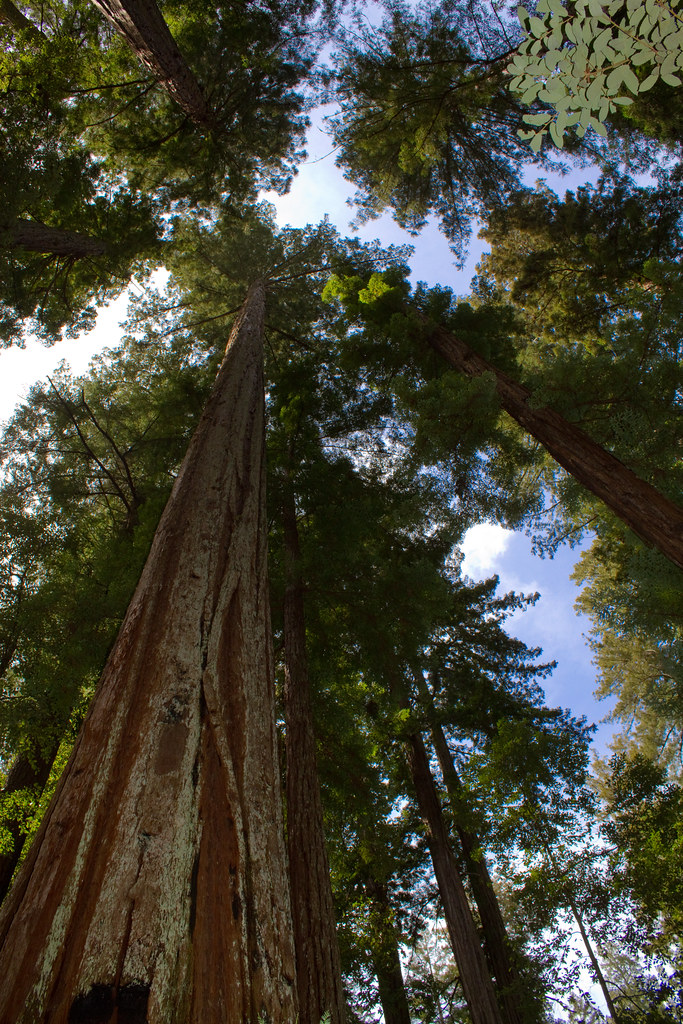
Pando: In a report about Pando, Abc.net.au writes, “It’s a huge underground singular root system that sends up tens of thousands of clone aspen trees, each one genetically identical to the next, over an area of more than 100 acres.”
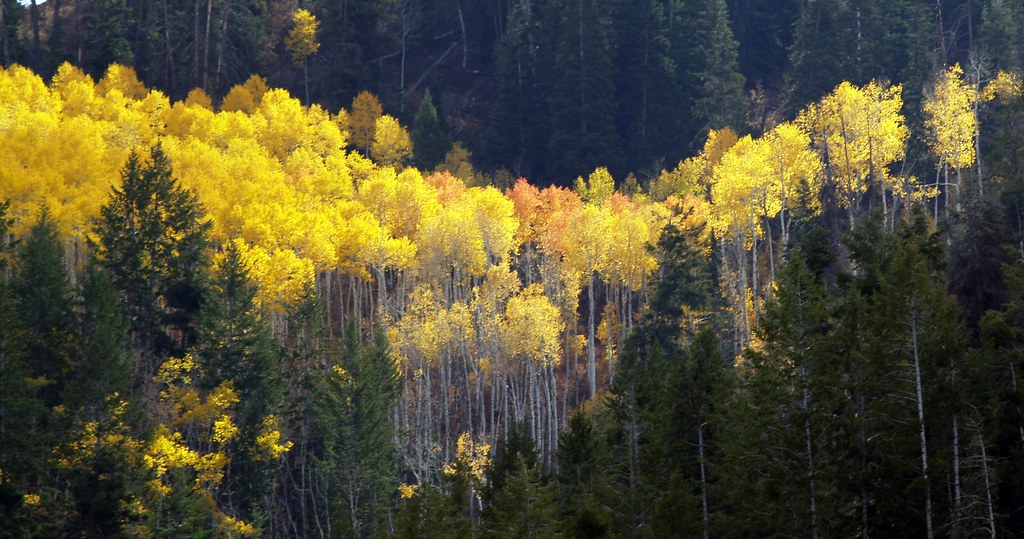
General Grant: According to the US National Parks Services, the General Grant Tree is the second-largest tree in the world.
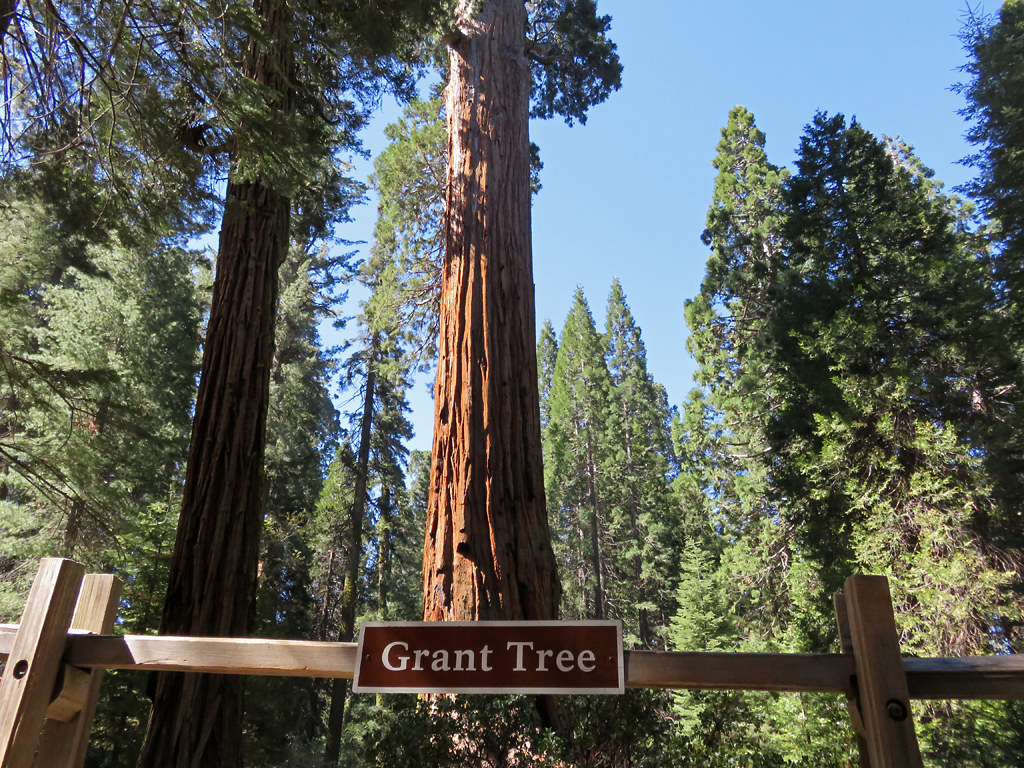
Patriarch: This tree, thought to be 1566 years old, is described by the US Forest Services as the world’s largest bristlecone pine.
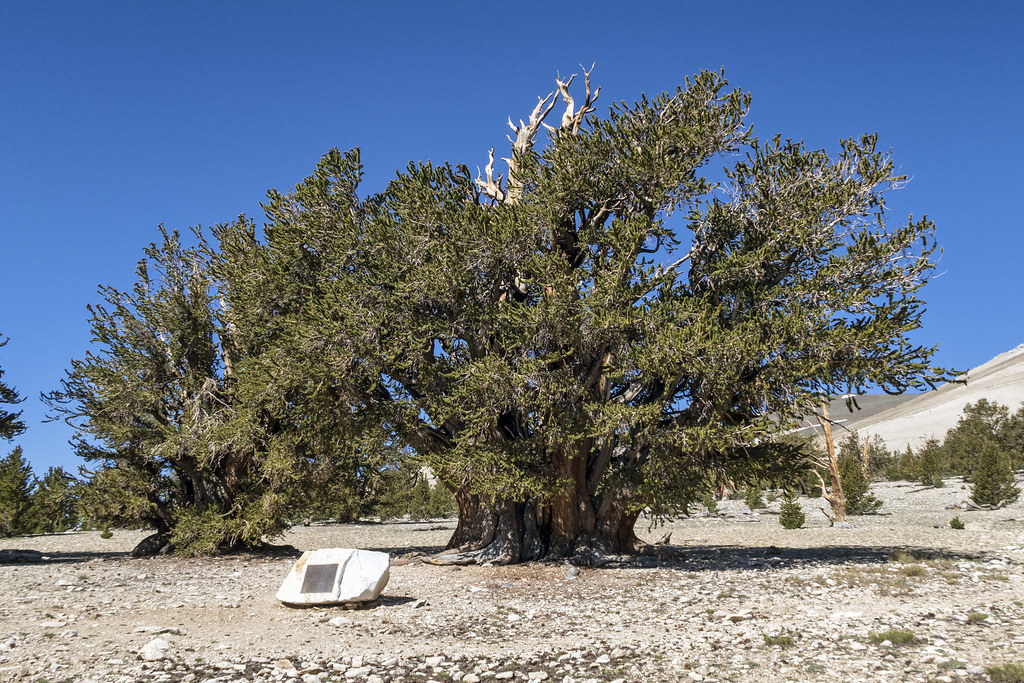
Growing America’s Next Biggest Tree
The fact that trees are life is hard to dispute. Everyone can take action to ensure that trees grow to their biggest in the most suitable environment.
American Forests invites you to take action and be “a voice for forests by asking your elected officials to support legislation that will restore forests.” The organization adds, “Pledge to be a forest champion.”